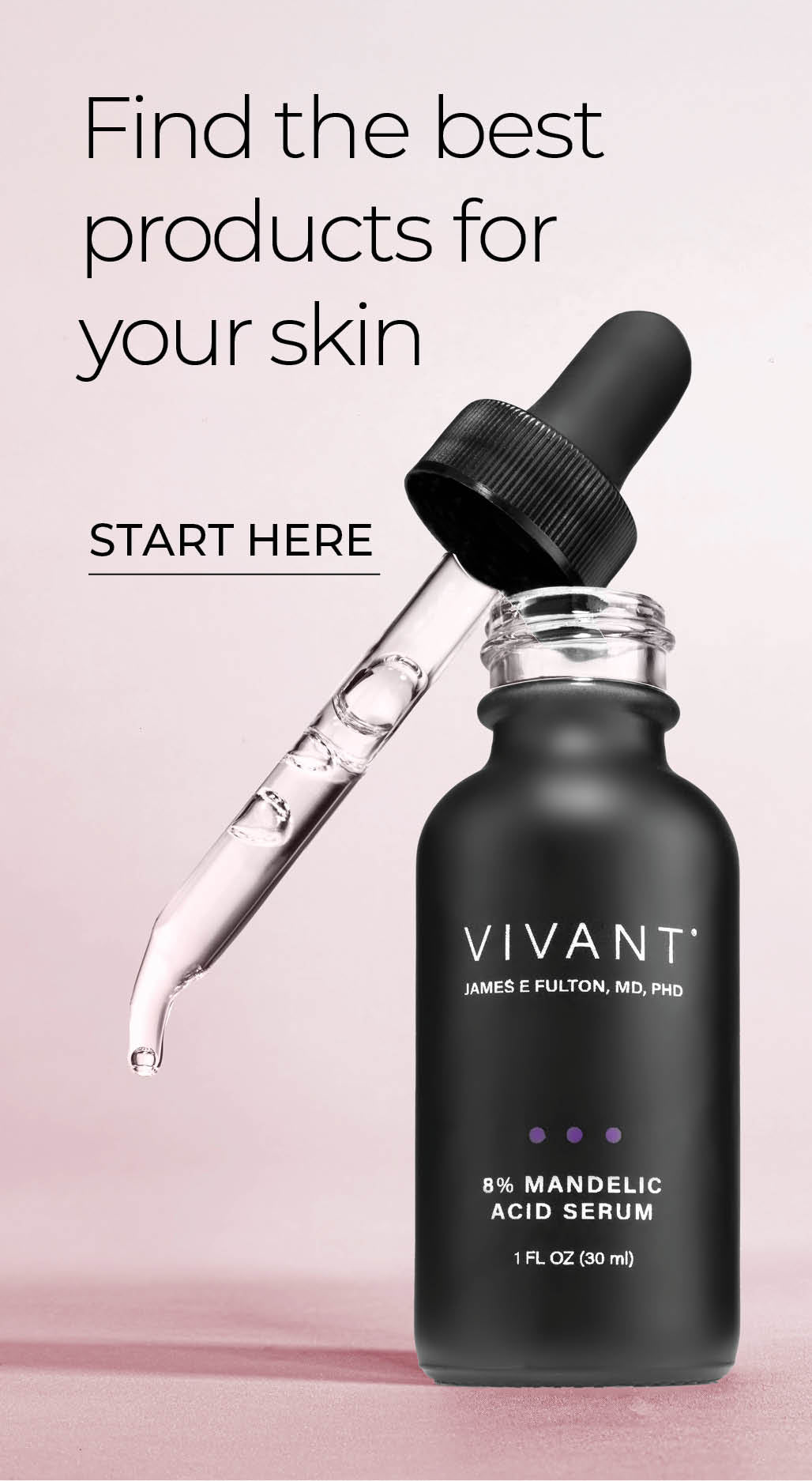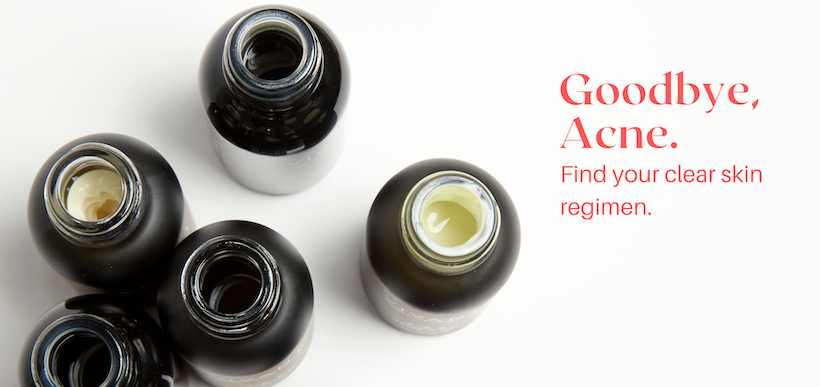Does Dairy Make Acne Worse?

Table of content
The link between diet and acne has been discussed, examined, and argued over for decades. Greasy foods and chocolate, the original villains in the acne pathogenesis story, have been vindicated by science, and the blame shifted to other sources, with dairy emerging as a central character. While not all experts agree, there is strong support for the theory that dairy worsens acne. But before you give up your favorite cheese, let's take a look at the facts.
What we know
Acne rates in the western world are higher than in the rest of the world and have steadily increased over the last few decades. Notably, acne is rare in non-western populations where dietary conditions generally exclude hyperglycemic carbohydrates, milk, and dairy products.
The link between high-glycemic foods and acne is well-supported. Acne is an inflammatory disease of the sebaceous follicle. High-glycemic foods—sweets, refined grains, processed meats, and other foods that increase blood sugar levels overstimulate the inflammatory response aggravating acne.
Is dairy a high-glycemic food?
Yes and no. Dairy scores low on the glycemic index (15 to 30) but high on the insulin index (90 to 98). Milk contains sugars in the form of lactose. However, it also contains fat and protein, which help slow digestion, reducing the glycemic load. The absence of digestion-slowing fat would explain why skim milk is more often linked to acne than whole milk.
Meanwhile, the protein factor explains why cheese consumption is reported to have less effect on acne than milk. The proteins in milk are casein (80 percent) and whey (20 percent). Cheese contains mainly casein, which is a slow-digesting protein.
What about hormones?
Milk contains hormones, including estrogen, progesterone, androgens, and corticoids.
Androgens stimulate sebum production, leading to clogged pores. Corticoids fuel inflammation, a prime trigger for acne.
Dairy cows have higher levels of these hormones because of their perpetual state of lactation. And they are often treated with the synthetic recombinant bovine growth hormone (rBGH) to encourage milk production, raising the hormone factor yet again. While the amount of hormones absorbed from milk may be small, research suggests it could be a tipping point in your breakout scenario.
How do you know if dairy is fueling your acne?
According to studies cited by the American Academy of Dermatology (AAD):
- Among more than 47,000 women in the U.S., those who drank two or more glasses of skim milk a day during high school were 44% more likely to have acne.
- Among over 6,000 girls (9 to 15), those who drank the most cow's milk (whole, low-fat, or skim) were more likely to have acne.
- Among more than 4,000 boys (9 to 15), those who drank skim milk were more likely to have acne.
The best way to figure out if your skin is affected? Try cutting dairy for a couple of weeks and monitor the changes in your skin. Gradually add dairy back into your diet. If your skin reacts, you can limit your consumption or switch to non-dairy alternatives.
Skincare matters
Whatever your dietary plan, you need a good skin care plan. A consistent regimen that includes antibacterial, exfoliating, and barrier-supporting ingredients will help keep your skin healthy and acne-free.
Our top acne-fighting heroes? Benzoyl peroxide to kill acne bacteria, flush pores, and reduce inflammation. Mandelic acid to decongest clogged pores, kill bacteria, and help fade acne scars without triggering irritation. Vitamin A to accelerate cell turnover, clear impactions, and promote healthy skin structure.


Comments